Molecular spectroscopy in living systems
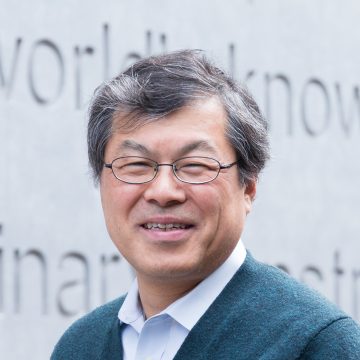
Group Leader Masaaki Fujii
Objective
This satellite lab comprises molecular cluster research groups in the USA, France, Germany and Japan. We aim to reveal the mechanism underlying molecular recognition between soft and flexible molecules, which play important roles in biological contexts, such as DNA and neurotransmitters, and highly functional supramolecular systems.
For introduction video, click here.
Outcome
Neurotransmission provides a good example of molecular recognition. Neurotransmission is driven by the molecular recognition between a neurotransmitter and a receptor, a so-called “Lock & Key” mechanism that originated from the complementarity of molecular shapes and charge distributions. However, this simple case is not sufficient to answer why subtle differences in molecules can be distinguished because both neurotransmitters and receptors are flexible molecules that are not comparable to the very solid locks and keys of our world. We aim to reveal the molecular recognition mechanism in soft molecular systems by using gas phase spectroscopy which can elucidate intermolecular interactions precisely. As each team has unique methods and different research interests, our collaboration will give us novel and complementary results that cannot be obtained by a single group. By identifying how and why soft molecules recognize each other so precisely, our work promises to reveal fundamental principles that inform the molecular design of drugs, functional supramolecules and nano-devides, with broad impact in chemistry, biochemistry, material chemistry and related research fields.
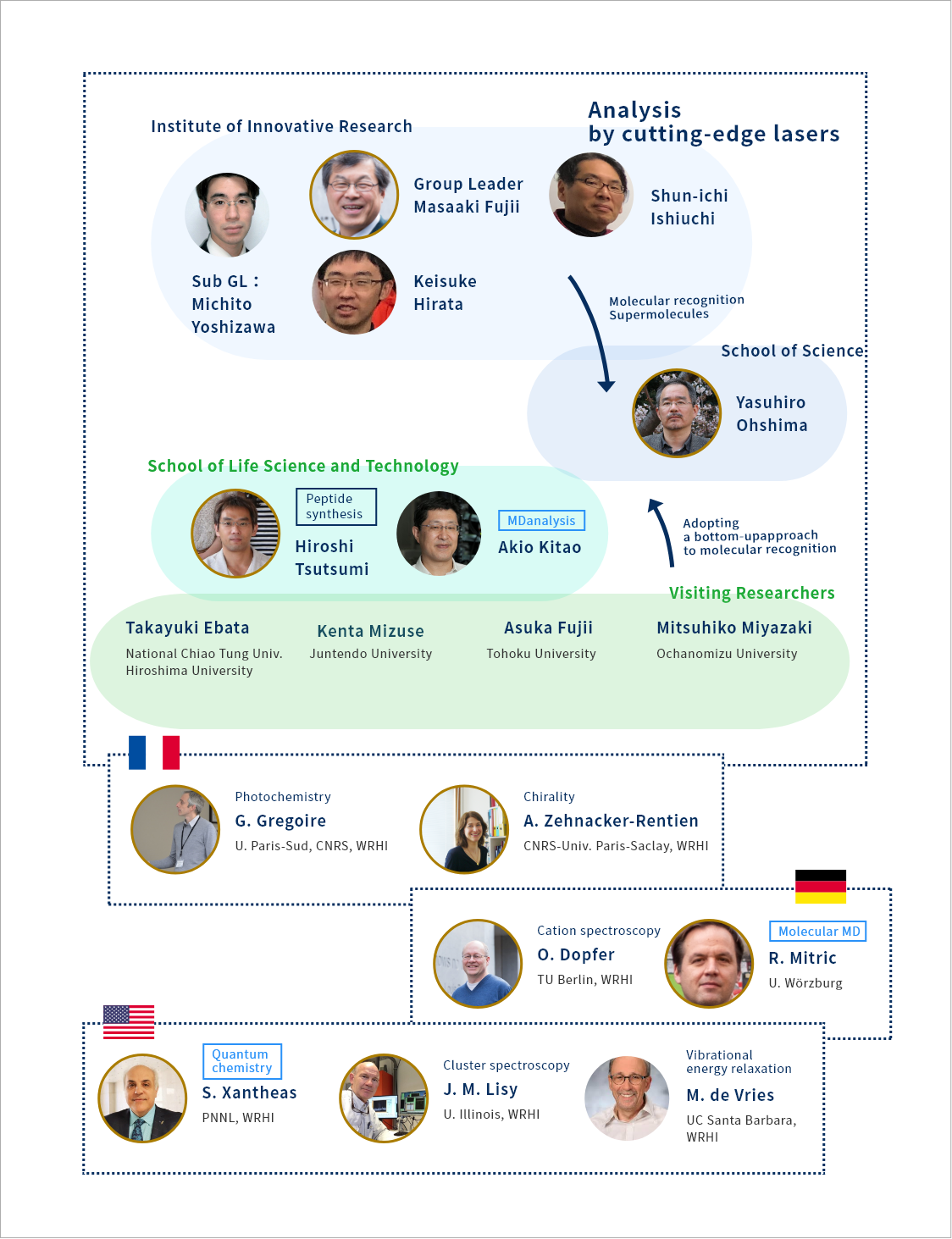
Satellite LaboGroup Fujii
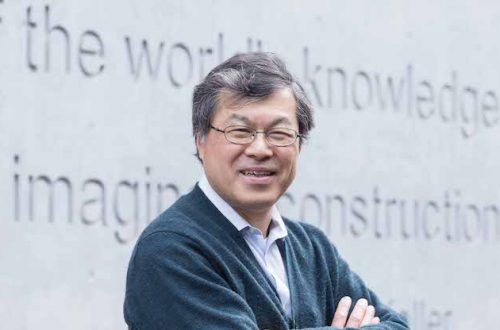
It is a great honor and pleasure to organize the satellite lab in collaboration with world leading researchers in molecular science. Our team will elucidate the molecular recognition mechanism of soft molecular systems through collaborations with gas phase laser spectroscopists, theoretical chemists, peptide and supramolecular chemists, together employing advanced spectroscopic and computational methods. We will liaise closely both in person and over the internet to coordinate our research and stimulate members to try new techniques and look at their work in new ways. Through this tight international collaboration, I believe that our satellite lab will bring a new understanding of molecular recognition whilst also enhancing interpersonal research networks between the USA, France, Germany and Japan.
The molecular spectroscopy in living systems hub group
This satellite lab is made up of spectroscopy, theoretical research and supra-/bio-molecular synthesis groups comprising researchers from the USA, France, Germany and Japan. Our aim is to reveal the mechanisms underlying molecular recognition between soft and flexible molecules such as biomolecules and supramolecules.
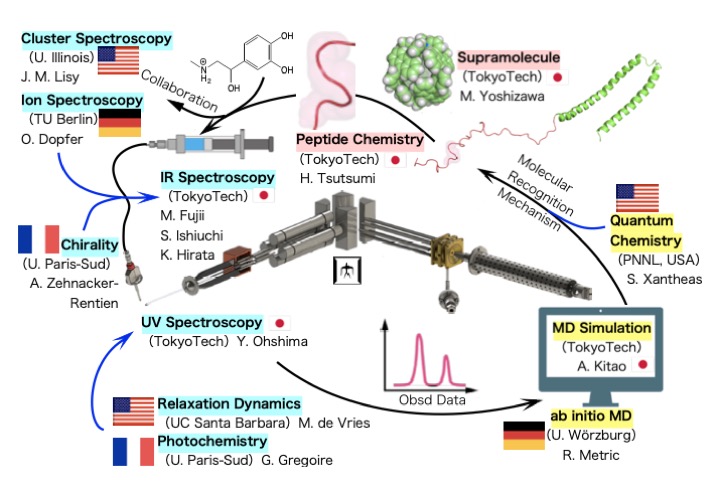
Subject-specific research areas
The spectroscopy group (shaded blue)
The Tokyo Tech spectroscopy group has developed unique equipment (indicated in the figure by the Tokyo Tech logo) that enables us to measure infrared (IR) and ultraviolet (UV) spectra of a large and flexible bio-/supra-molecules under low temperature gas phase conditions. Collaborative work with spectroscopy experts on clusters, ions and chirality using IR spectroscopy have revealed new structural details for the molecular recognition process. UV spectroscopy has provided insights into photoexcitation and energy relaxation through collaborations with experts in the fields of photochemistry and excited state dynamics.
Molecular synthesis group (shaded red)
This group provides samples of bio- and supra-molecules involved in molecular recognition, as well as protocols for their synthesis, to the spectroscopy group. The spectroscopy and theoretical research groups feed spectroscopic and theoretical data back to the molecular synthesis group to improve their molecular synthesis procedures and aid the design of functional molecules.
Theoretical research group (shaded yellow)
The structure and function of bio- and supra-molecules involved in molecular recognition are analyzed in silico by molecular dynamics (MD) and quantum chemistry using supercomputer facilities. The theoretical results produced by this group are correlated with observed ones from the spectroscopy group to devise detailed models of molecular recognition mechanisms.
Interview
-
Specially Appointed Professor in Biomolecular Spectroscopy Hub Group
Anne Zehnacker-Rentien
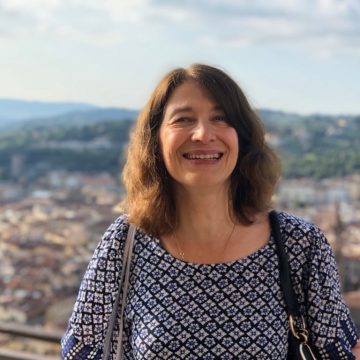
Chirality is fundamental property of biomolecules and is controlling many biological activities. Our collaboration will provide the molecular level understanding of chiral recognition mechanism by the advanced laser spectroscopy and quantum chemical calculations.
-
Specially Appointed Professor in Biomolecular Spectroscopy Hub Group
James M. Lisy
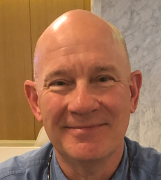
It is a pleasure to be the member in the WRHI Satellite Lab. Research collaboration with the Fujii group has focused on characterizing the mechanism of metal ion recognition by biomolecules such as ionophores and peptide models of ion channel proteins. Using infrared laser spectroscopy with mass spectrometry, changes in the structural conformation of ion-biomolecule complexes as well as the active participation of individual water molecules in these changes can be revealed.
-
Specially Appointed Professor in Biomolecular Spectroscopy Hub Group
Otto Dopfer
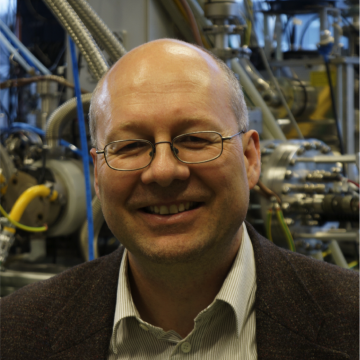
Fujii and I have been collaborating since more than 20 years. This very successful collaboration enables us to watch the solvent switching dynamics at the molecular level, and reveals the role of solvent dynamics in chemical reactions and biomolecular recognition. It is a great pleasure to expand this fruitful collaboration in the WRHI Satellite Lab on solvation effects of biomolecules by our advanced and complementary laser spectroscopy approaches.
